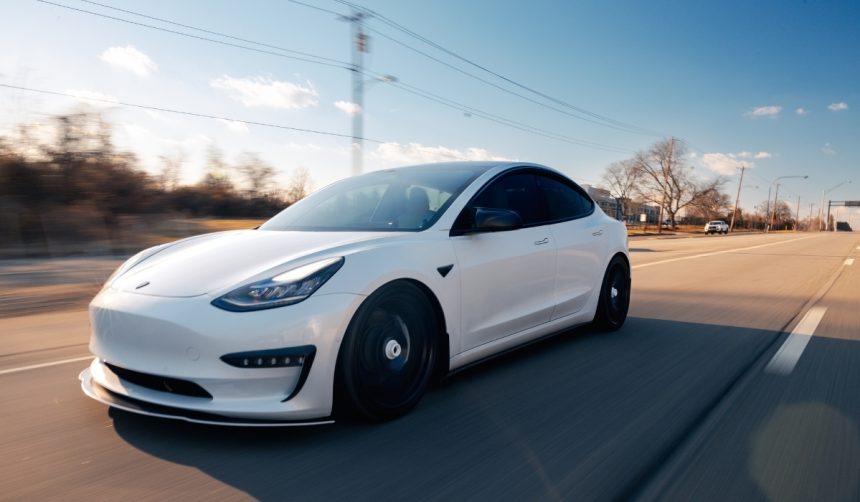As Tesla boosts the manufacturing of its new Model Y Standard at the Gigafactory Texas, the electric vehicle market in the United States witnesses a shifting momentum. Where other automakers pare back their EV ambitions, Tesla’s production lines remain active, focused on delivering the recently introduced, lower-priced Model 3 and Model Y Standard variants. These decisions reflect Tesla’s evolving strategy, aimed at maintaining growth and consumer interest even without federal incentives. The broader EV landscape is responding to financial pressures, making Tesla’s continued output at the Austin facility notable. Company representatives express confidence in sustaining delivery growth, and the firm has hinted at further vehicle launches in the coming years.
Earlier updates over the last twelve months pointed to uncertainty around Tesla’s ability to deliver new affordable models after losing access to the $7,500 EV tax credit. Despite doubts over how “affordable” Tesla’s latest models would be, the company has proceeded more aggressively than rivals like General Motors and Ford, who have each scaled back on EV plans or announced delays in production. Tesla’s consistent output from Gigafactory Texas, combined with sightings of the pre-production Cybercab in Fremont, contrasts with its competitors’ slower pace and shifting priorities.
What Drives Tesla’s Updated Production Push?
Tesla recently launched the Model Y Standard and Model 3 Standard, priced below $40,000, directly targeting the affordability gap many electric vehicle buyers face. After the loss of the federal EV tax credit, Tesla acted to keep overall costs attractive for consumers. The company described this shift as an essential step to keep its vehicles competitive, even as rivals step back from rapid EV expansion.
“Our priority remains producing vehicles that are accessible to more people,” Tesla stated.
How Are Other Major Automakers Responding to Market Pressures?
Major U.S. automakers such as GM and Ford have responded to the shifting EV economic environment by halting or delaying the development of new models. Financial strain has prompted these companies to reevaluate their capacity and timelines for electric vehicle production. In contrast, Tesla continues its original manufacturing targets, citing efficiency and adaptability at plants like Gigafactory Texas as key factors in maintaining output.
What’s The Outlook for Upcoming Tesla Vehicles?
Tesla’s upcoming product roadmap extends beyond the Model Y. Prototypes of the Cybercab, Tesla’s next vehicle project, have been repeatedly spotted undergoing early testing at the Fremont Factory. These sightings suggest that production of the new model could begin as soon as the following year.
“We are working through necessary tests and processes to ensure future vehicles meet our standards,” Tesla officials said.
Tesla’s strategy to push ahead with scaled production of the Model Y Standard reflects a calculated response to rapidly shifting industry dynamics and consumer expectations. As direct competitors recalibrate their ambitions and reduce their output, Tesla’s decision to maintain momentum may help safeguard its position in the electric vehicle market, especially in a lower-incentive environment. Additionally, industry observers will closely watch the upcoming Cybercab, which could open another growth chapter for the company. For buyers, this means new, more affordable electric vehicle options may soon hit the market, while for automakers, Tesla’s path underscores the necessity of planning for policy shifts and changing market realities.
- Tesla boosted production of the Model Y Standard in Texas.
- Competitors Ford and GM have reduced or delayed their EV output.
- Tesla’s future vehicles, like Cybercab, are moving through preproduction stages.










